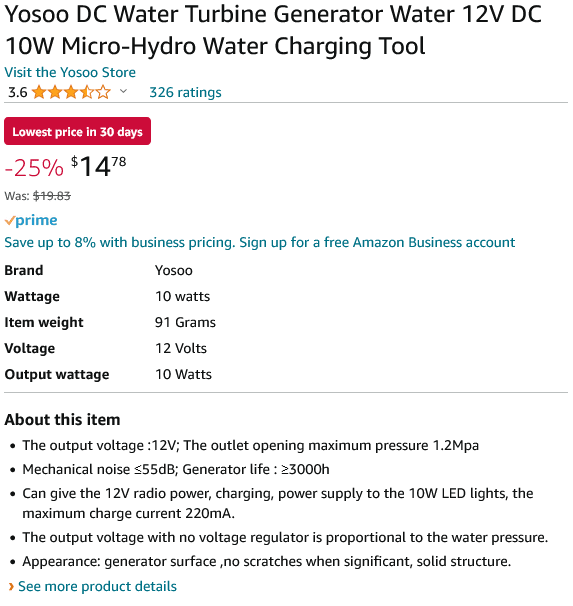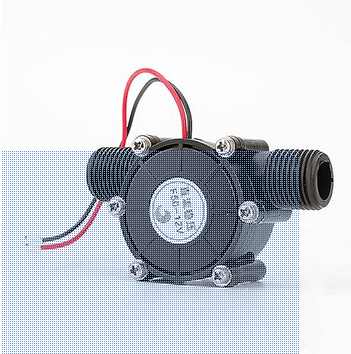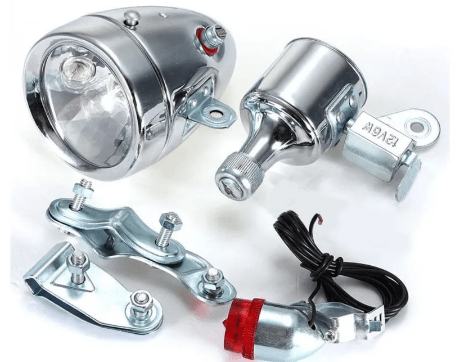Dear Sirs
I am in need of a model of water turbine and electrical generator for my science project. Can somebody furnish idea?
Can we use play-do for water- turbine, and is it possible to attach a small generator to it?
Or we can use a microcontroller using input pins for sensing flow of water and output pins for sensing voltage and frequency?
Can somebody please help!
Regards,
I am in need of a model of water turbine and electrical generator for my science project. Can somebody furnish idea?
Can we use play-do for water- turbine, and is it possible to attach a small generator to it?
Or we can use a microcontroller using input pins for sensing flow of water and output pins for sensing voltage and frequency?
Can somebody please help!
Regards,



